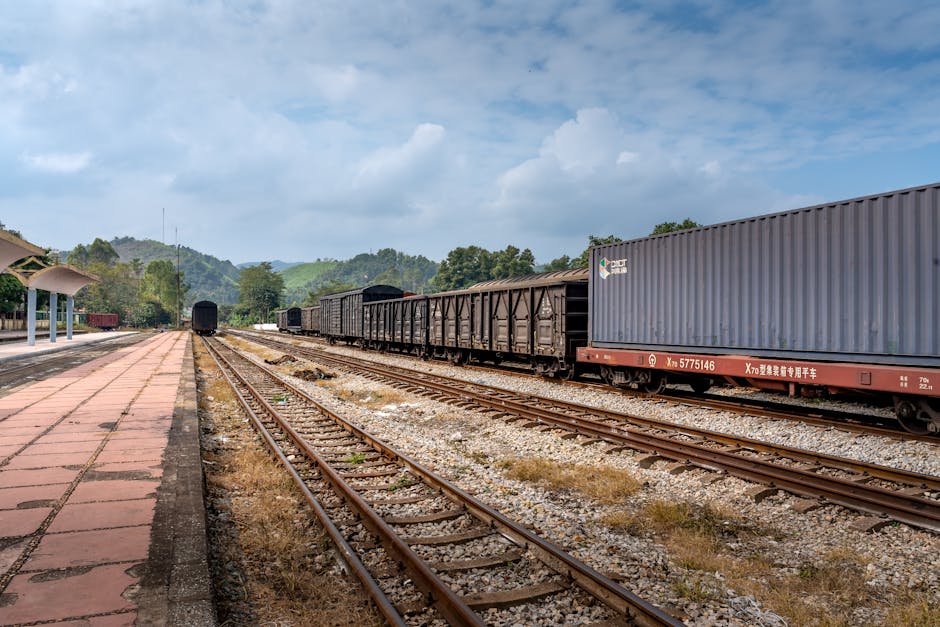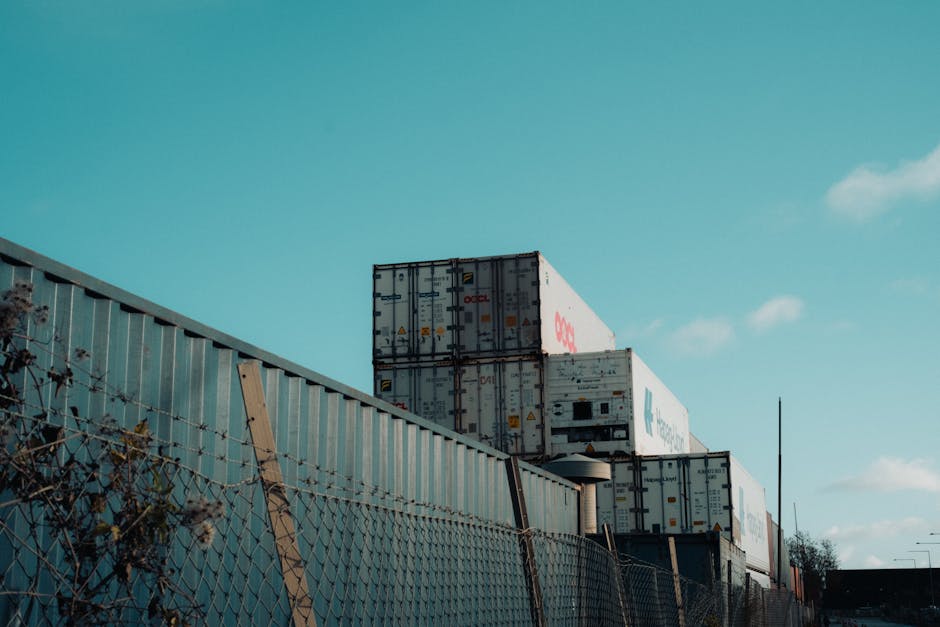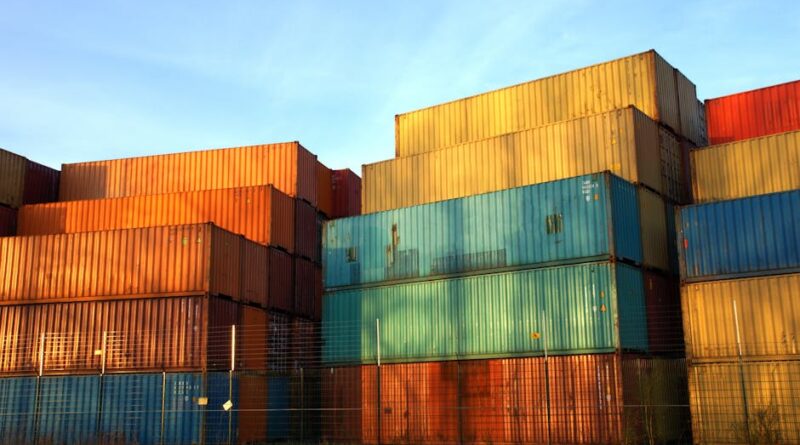Exploring Global Trends in Rail Transport
When we think of transportation, we often imagine cars, planes, and ships. However, there is one mode of transport that has been quietly revolutionizing the way we travel and move goods around the world – rail transport. In recent years, there have been significant global trends shaping the rail industry, from technological advancements to sustainability efforts. In this comprehensive article, we will delve into the world of rail transport, exploring its past, present, and future, and how it is influencing the way we connect and commute.
The Evolution of Rail Transport
Rail transport has a rich history dating back to the early 19th century when the first steam locomotive was invented. Since then, rail networks have expanded across continents, connecting cities and countries in ways previously unimaginable. The evolution of rail transport has been marked by technological innovations such as electrification, high-speed rail, and automation. These advancements have not only made rail travel faster and more efficient but also more sustainable and environmentally friendly.
One of the most significant global trends in rail transport is the shift towards high-speed rail networks. Countries like Japan, China, and France have been at the forefront of developing high-speed rail systems that can reach speeds of over 300 km/h. This trend is driven by the need for faster and more reliable transportation options, especially in densely populated regions where congestion is a major issue. High-speed rail not only reduces travel times but also has positive impacts on the environment by decreasing the reliance on cars and planes.
Sustainability in Rail Transport
As concerns about climate change and environmental impact grow, sustainability has become a key focus for the rail industry. Rail transport is already one of the most environmentally friendly modes of transportation, producing fewer emissions per passenger or tonne of freight compared to cars or airplanes. However, there are ongoing efforts to make rail transport even more sustainable through the use of renewable energy sources, energy-efficient technologies, and eco-friendly materials.
One of the major global trends in rail transport is the transition to electrified rail systems. Electrification reduces reliance on fossil fuels and lowers greenhouse gas emissions, making trains more energy-efficient and environmentally friendly. Countries like Sweden, Switzerland, and the Netherlands have made significant investments in electrifying their rail networks, with plans to phase out diesel-powered trains entirely in the coming years. This shift towards electrification is not only beneficial for the environment but also for the long-term sustainability of rail transport.

By Quang Nguyen Vinh via Pexels
Digitalization and Automation in Rail Transport
Another key trend shaping the future of rail transport is digitalization and automation. Advances in technology have enabled rail operators to optimize their operations, improve safety, and enhance the passenger experience. From automated ticketing systems to predictive maintenance algorithms, digitalization is transforming the way rail networks are managed and operated.
One example of digitalization in rail transport is the use of smart sensors and data analytics to monitor train performance in real-time. This allows operators to identify potential issues before they escalate, reducing downtime and improving overall efficiency. Automation is also playing a significant role in enhancing safety and reducing human error, with the introduction of driverless trains and automated signaling systems in some regions.

By lucas hegaard via Pexels
Challenges and Opportunities in Rail Transport
While there are many positive trends and developments in rail transport, there are also challenges that the industry faces. One of the major challenges is the need for significant investment in infrastructure and technology to support the growth of rail networks. Building new rail lines, upgrading existing infrastructure, and implementing new technologies require substantial resources and long-term planning.
Another challenge is the competition from other modes of transport, such as cars and airplanes. Rail transport needs to be competitive in terms of speed, cost, and convenience to attract passengers and freight away from these alternatives. This requires ongoing innovation and adaptation to meet the evolving needs of travelers and shippers.
Despite these challenges, there are also opportunities for growth and expansion in the rail industry. The increasing focus on sustainability and environmental responsibility presents an opportunity for rail transport to position itself as a more eco-friendly alternative to other modes of transport. The rise of e-commerce and global trade also opens up new possibilities for rail freight, with the potential to capture a larger share of the logistics market.
The Future of Rail Transport
Looking ahead, the future of rail transport is filled with promise and potential. With ongoing advancements in technology, a growing emphasis on sustainability, and an increasing demand for efficient and reliable transportation options, rail transport is poised to play a pivotal role in shaping the way we move people and goods around the world. From high-speed rail networks to electrified train systems to digitalized operations, the future of rail transport is bright and exciting.
As we continue to explore and embrace the global trends in rail transport, it is clear that this mode of transportation will continue to evolve and innovate in the years to come. Whether it’s reducing carbon emissions, improving safety, or enhancing the passenger experience, rail transport is at the forefront of shaping the future of transportation. As we journey into this new era of rail transport, one thing is certain – the tracks ahead are filled with endless possibilities and opportunities for growth.

By Artem Podrez via Pexels
To Wrap Things Up
In conclusion, global trends in rail transport are paving the way for a more sustainable, efficient, and connected future. From the evolution of high-speed rail networks to the emphasis on sustainability and digitalization, the rail industry is undergoing a transformation that will have far-reaching impacts on how we travel and transport goods. As we look towards the future, it is clear that rail transport will continue to play a vital role in shaping the way we move and connect in an increasingly fast-paced and interconnected world.




